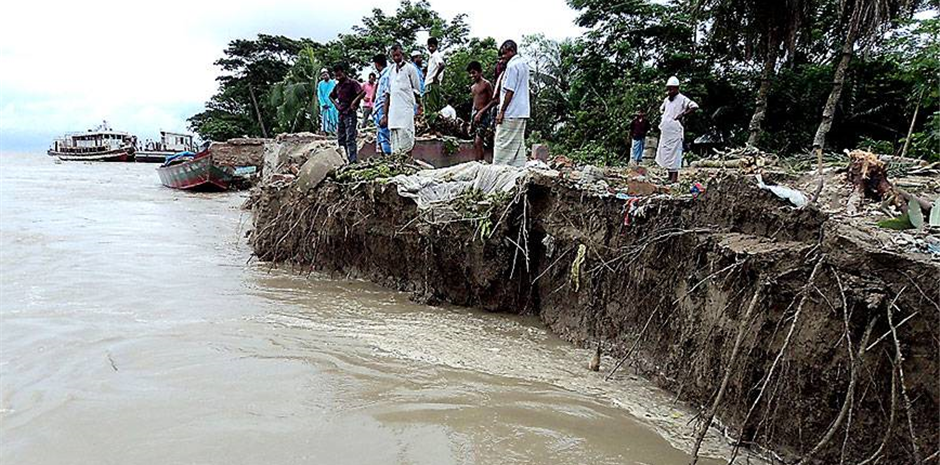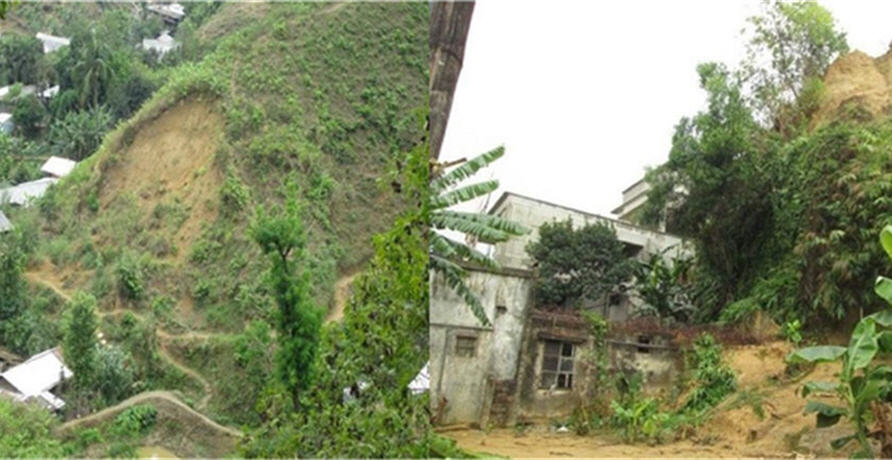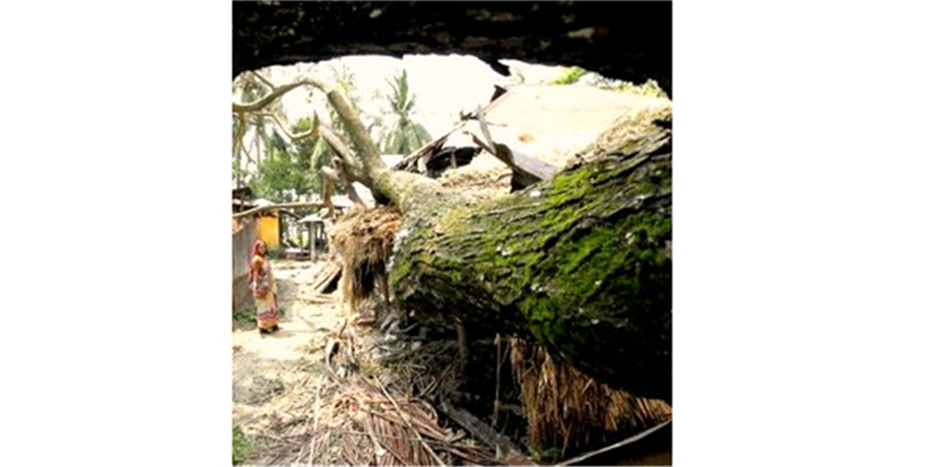Mountain Tsunami In Bhutan
Chittagong, Bangladesh
As an effect of global warming glaciers and ice are melting in the northern part of Bhutan. This in turn is creating entanglement and making the glaciers lakes burst forming what we call, ‘Silent Mountain Tsunami’.
This brief study will display how: Bhutan is being affected by the rising global temperature, about the difficulty and the prevention and why it is a National priority?
As a result of climatic change the ice in the Himalayas are melting, increasing the level of dormant lakes which will break the natural ice, causing destructive floods, which is known as: ‘Mountain Tsunami’.
Given the circumstances and the probability of another ‘Silent Mountain Tsunami’ after facing the devastating and unplanned calamity in 1994, studies have shown that the next tsunami will be three times stronger. Therefore, the threat of ‘Mountain Tsunami’ in Bhutan is being reduced by the method of technical mitigation planning.
The constant flows of water from Glacier Lakes are the main source of life for Bhutan and at the same time it’s also a serious threat. Bhutanese people call it as white gold, as Bhutan generates electricity to India from the constant flow of water in which India invests millions of dollars. Therefore it is one of the main sources of economy for Bhutan.
However, the glaciers in the Himalayas are shrinking in an accelerated rate compared to any other part of the world and it would most likely disappear completely sometime in the future.
The Thorthormi Lake and the unstable moraine, which is a mass of rocks, deposited by glacial, separating Raphstreng (lake is roughly 80 meters / 260 feet) lower in elevation than the lake being the bottom line of Thorthormi glacial. If the Thorthormi lake bursts out and simultaneously joining with Raphstreng, this can effortlessly break the walls and establish an overwhelming destruction than the 1994 disaster.
In 1994, Bhutan experienced unexpected ‘Mountain Tsunami’ from the Luggye lack glacier outburst that killed 24 people, destroyed villages and livestock that cost millions of dollars. Thus, bringing attention to the remaining lakes especially Thorthormi lake a a result of The Austro/Bhutanese research collaboration study (2000 to 2004).
The government of Bhutan is racing against time to prevent ‘silent mountain tsunami’. So after much extensive research and vigilant and contemplative responses the project became active in the summer of 2008. The project aims to reduce the level of the lake by 5metres through the method of artificial lowering process.
But collecting information and data in the high altitude and adverse environment is extremely challenging and dangerous.
Due to the high altitude, the work is difficult, dangerous and fundamentally costly. Helicopters cannot be used as air is too thin. The work site is too far and remote, it takes around 10 days to get to Thorthormi from the nearest road head, with passes above 5000 meter which undoubtedly is unimaginable for machines to be transported thus, with some support and guidance from Global Environment Facility (GEF) and UNDP lead by the efforts of engineers, 17 government officials, 350 labourers, 10 retired soldiers and villagers work their hardest in the glacier water with some help from simple tools (Grubbing axe, spade, pick axe, etc…).
The work mostly consists of deepening and widening the already existing outlet channels to drain the lake water and build stonewalls to support the lake.
Boulders are extracted by silent explosives and are then removed by the men. The team has so far succeeded to lowering the water level of two subsidiary lakes by 1.1m.
But the work gets delayed every year by the arrival of winter season. The intense characteristic of winter, especially in the Lunan region, made the installation of EWS very compulsive and the snowy and icy conditions made it even harder to monitor and maintain the maintenance.
In the winter of 2011-2012 the false alarm produced by the sensor due to the formation of ice in the sensor tube aroused terror in the minds of people. To avoid the false anxiety in addition to the already cold weather it is advised to create a backup technology esp. in Thorthormi lake, for monitoring the lakes water level.
Bhutan being an underdeveloped and financially poor country, seeks support from advanced countries. Therefore, Bhutan has received financial support from different countries to implement the project.
As stated by Ugyen P. Norbu in his review on 15th September, 2010: The Project had implemented on June 2008 and had been scheduled to conclude in December 2012. The Project has total budget of US$ 7, 351,274 with LDCF (Least Development Countries Fund) financing of US$ 3,445,050.
The RGoB (Royal Government of Bhutan) contribution is US$ 2,680,00. Other funding agencies include the Austrian Development Cooperation (US$ 800, 00),UNDP (United Nations’ Development Programme) US$ 396, 224 and WWF (World Wide Fund for Nature).
As mountain tsunami is unpredictable, the government of Bhutan is carrying out various steps to be well prepared and to tackle the GLOF. According to Reducing Climate Change-induced Risks and Vulnerabilities, November, 2012: there is no historical record of an earthquake triggering a Glacial Lake Outburst Flood in Bhutan neither a record of rock falling incident over the period. However, a sudden earthquake can ruin the moraine walls and cause flood.
Therefore, a tower is now situated above a large boulder to get alert messages, if any uncertainty occurs, so the people living in the high risk zone can move to the safer place.
It is important to verify the alert and alarm levels to prove the validity and modification, and to see the functionality of the elements hence yearly test of sirens together with the practice of drill is done.
The communities living in the Punakha – Wangdi district and Choskhor valley are identified as high-risk zones where the flood could take its path. Scientists have given their calculation that if the glacier outburst occurs the people residing there will get at least 5 hours to move to a safer place.
The authorities have also restricted constructions in that zone.
In conclusion, Bhutan is doing its best in preparing and prevention for the deadly ‘silent mountain tsunami’.







